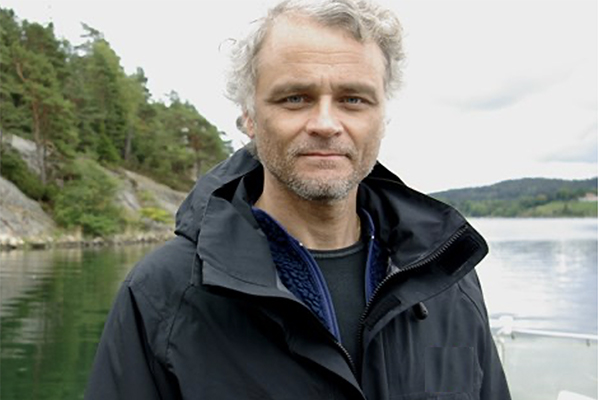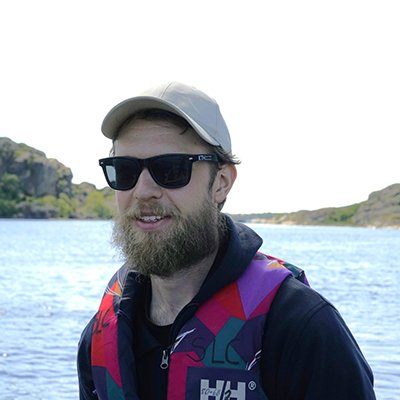KTH Robot exploring the melting ice caps of northern Greenland

The icebreaker Oden is on its way to the difficult-to-access waters and glaciers of northern Greenland. The polar expedition to the Arctic Ocean includes about 40 researchers, including a team from KTH with the autonomous underwater vehicle LoLo.
“Our robot will be sent to the edge of the glacier to make unique measurements in previously unexplored water environments," says Peter Sigray, KTH Marine Systems.
The 42-day polar expedition to the C.H. Ostenfeld Glacier in Victoria Fjord is part of the effort to map how melting ice sheets may affect global sea level rise.
“Today, we know very little about what actually happens when melting glaciers turn into seawater. Today's models of the development are so inadequate that we almost have to guess how the melting is affected when the warmer Atlantic water meets the cold ice,’ KTH researcher Peter Sigray says.

What will happen when you get to Greenland?
“Once Oden has managed to break through the thick ice cover in Victoria Fjord between the icebergs, the underwater robot will be deployed to dive deep and collect data as close to the glacier edge as possible.”

Is there a risk of calving?
“Yes, the icebreaker will have to keep a safe distance from the glacier. If ice falls from the edge, it can create a tsunami wave that can cause Oden to rock violently and our small boats in the water to capsize. Safety distances don't apply to LoLo, which can go close to the ice edge to collect data, and yes, there is a risk of the robot being exposed to ice masses if the ice calves. But as we say in research: 'High risk, high reward'.”


The underwater robot LoLo has been programmed to return to the same location after collecting valuable information from the depths of the ocean, and researchers collect the data before it is time for the next robot mission.
“There are 40 researchers on board and everyone wants to do their own research, including having access to a helicopter. So, depending on the ice situation and what other research groups are planning to do on board, we have prepared LoLo for helicopter lift.
What is the biggest risk of this expedition?
“That we won't be able to enter the fjord because there is too much ice around the glacier. If the captain decides that we cannot continue with the icebreaker, we can helicopter LoLo to a moraine beach at the head of the glacier, which is often ice-free in late summer. From there we can roll the robot into the water and carry out the measurements.
What are you most excited about?
- All the data we can collect is unique, so even an acoustic ping into the water depth will give us valuable information. Nobody knows how deep the fjord is!
What happens if the technology is lost at sea?
“The vehicle is programmed to release a weight that will float it to the surface in the event of a serious failure. But if it disappears completely, we will not go down and search the water. There are no resources nor time for that.”
What would you most like to discover?
“It would be a dream come true if the vessel could travel a long distance close to and parallel to the glacier and find so-called plumes. Freshwater plumes of meltwater flow out from under the ice along the bottom and mix with seawater. It would be great to map the plumes as they are of great importance for the further melting of the glacier.
Katarina Ahlfort
Photo: Martin Jakobsson
